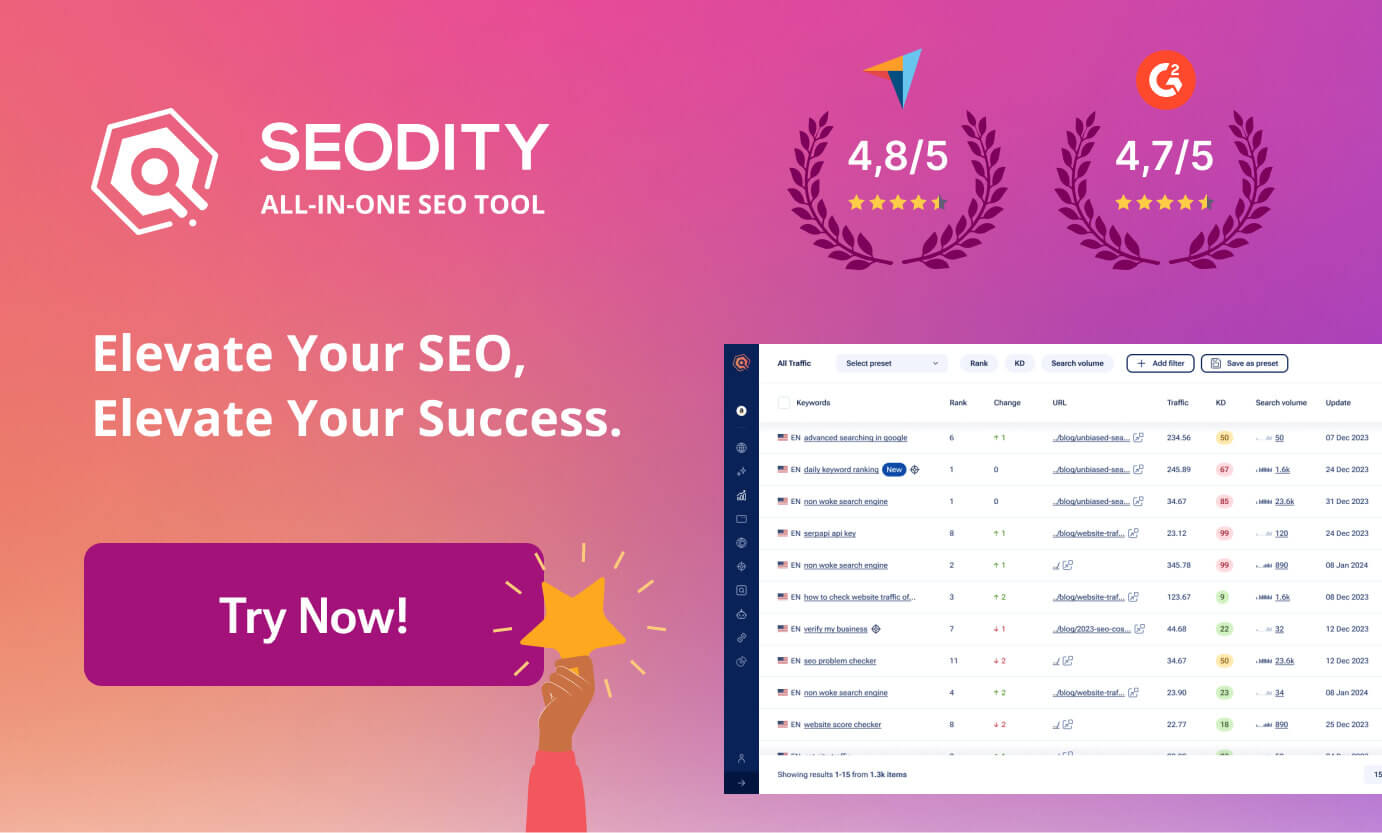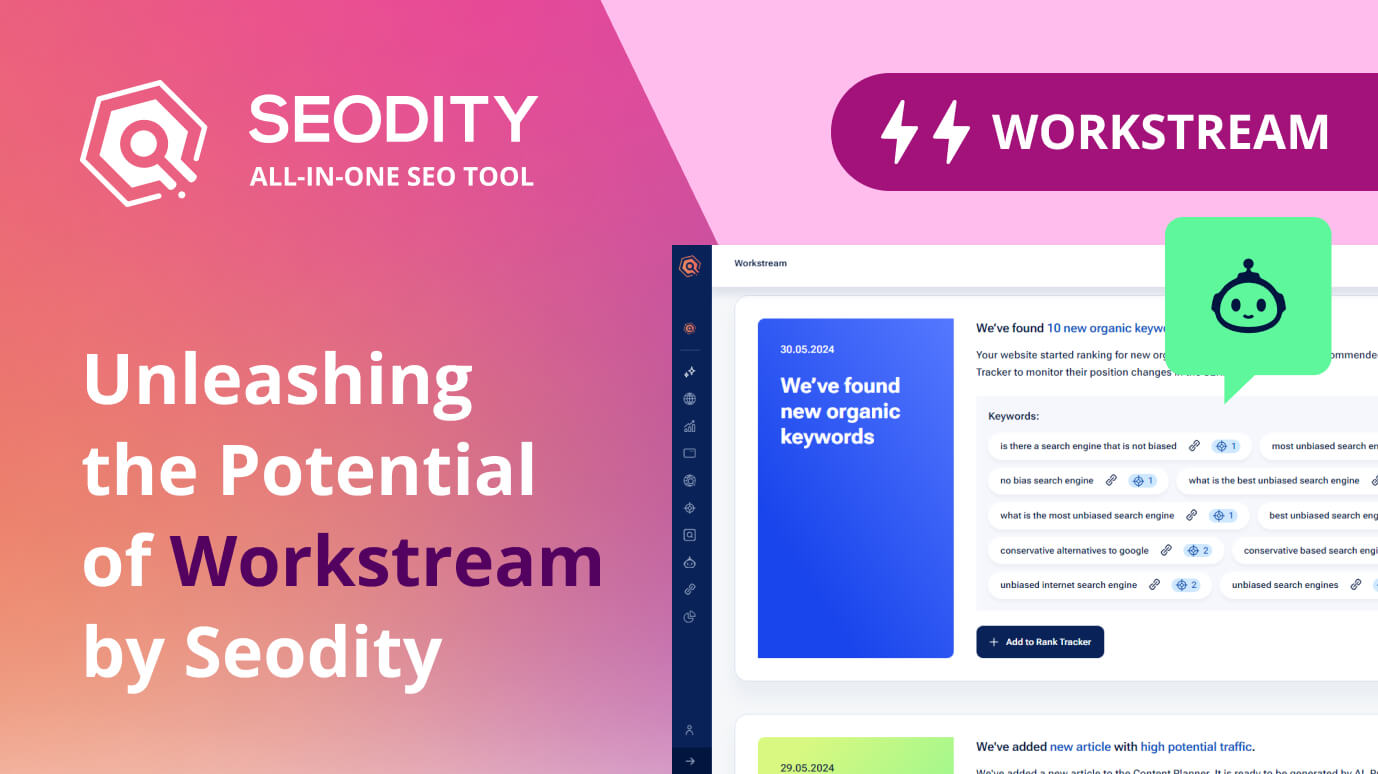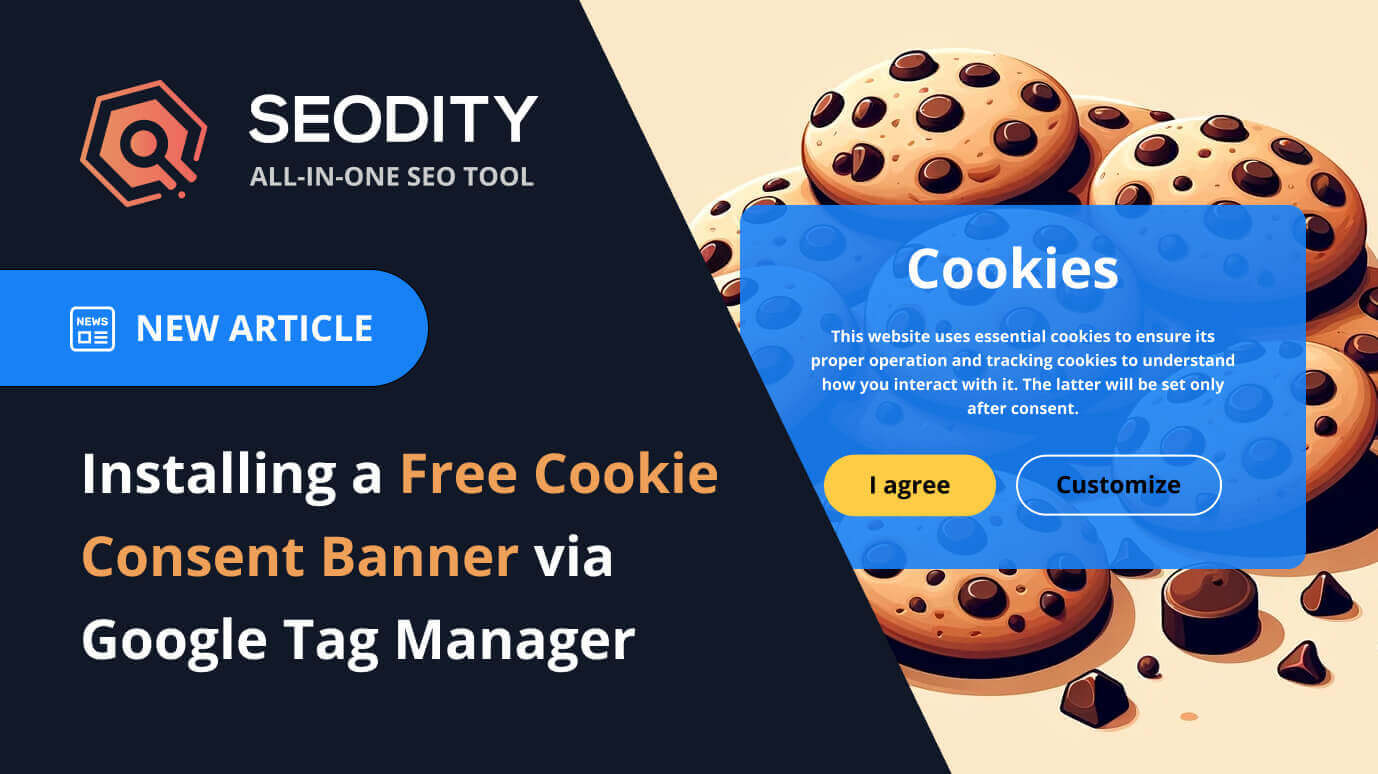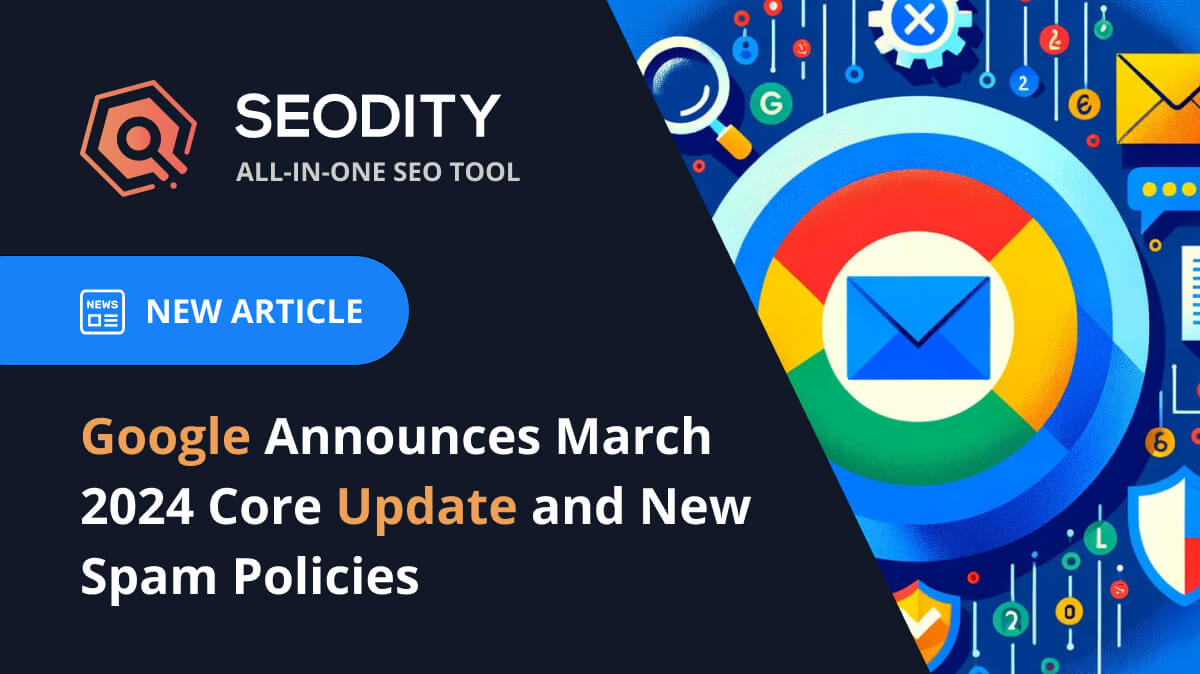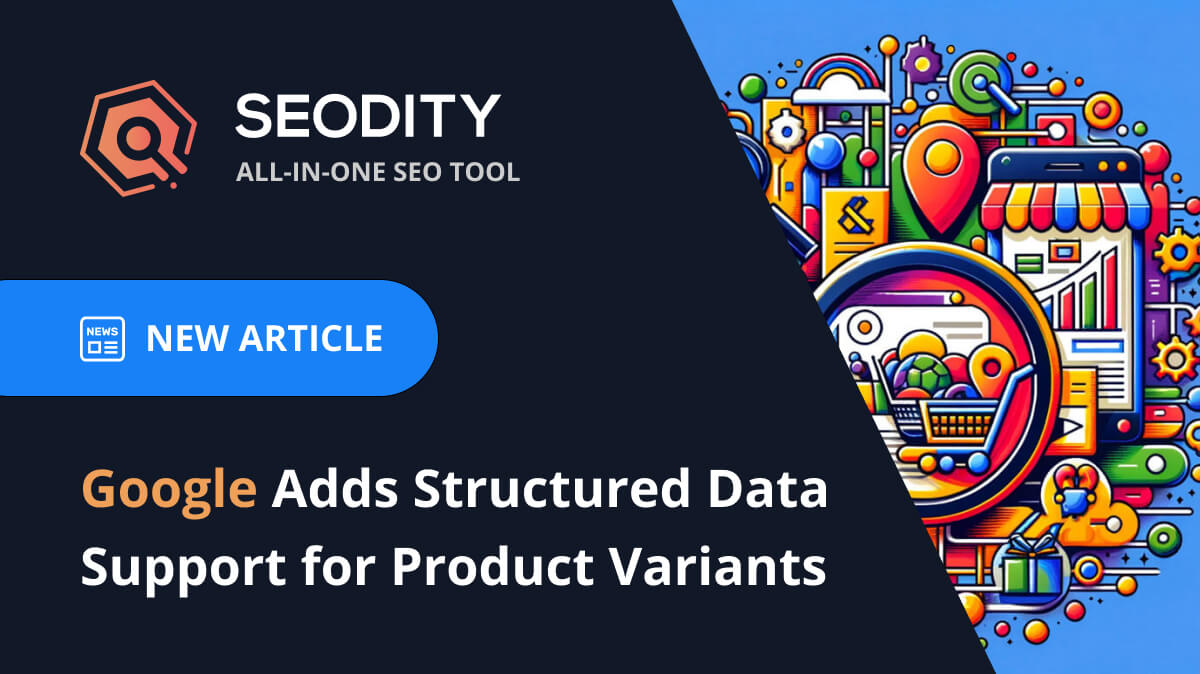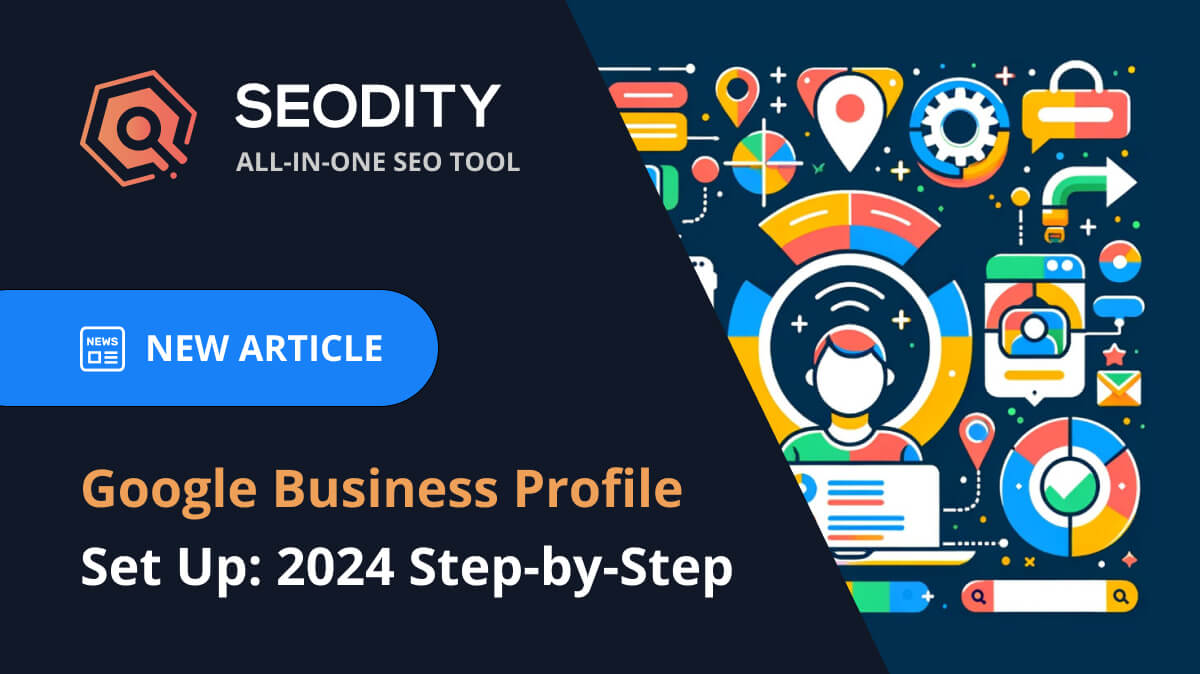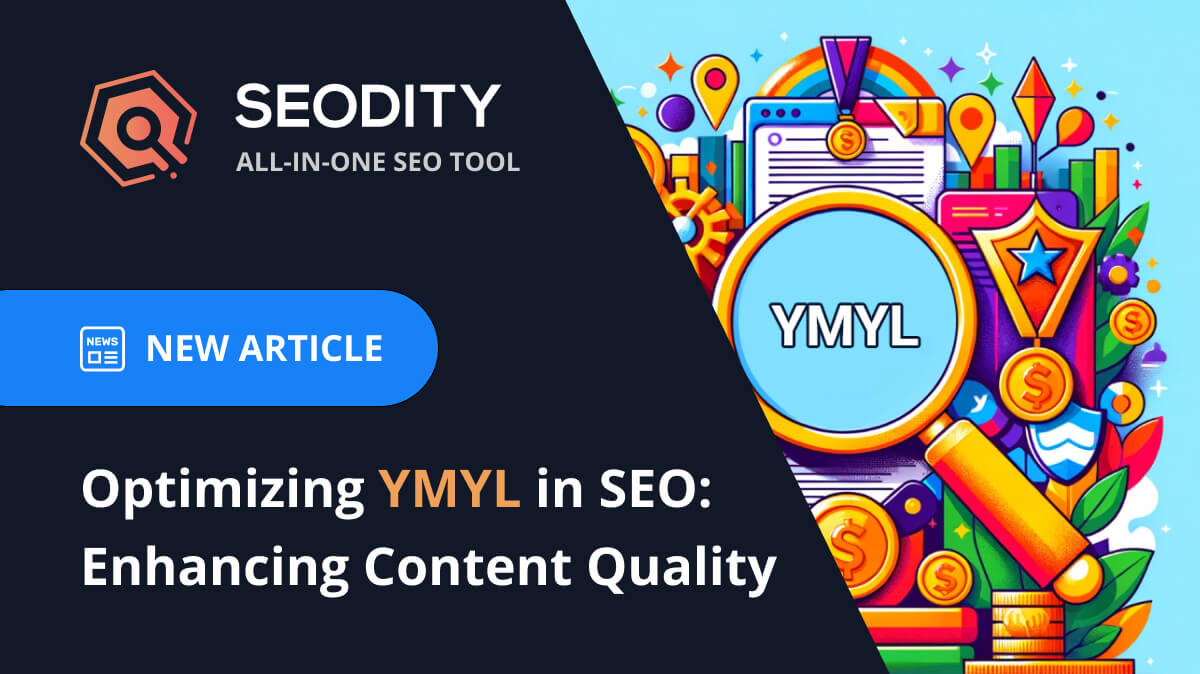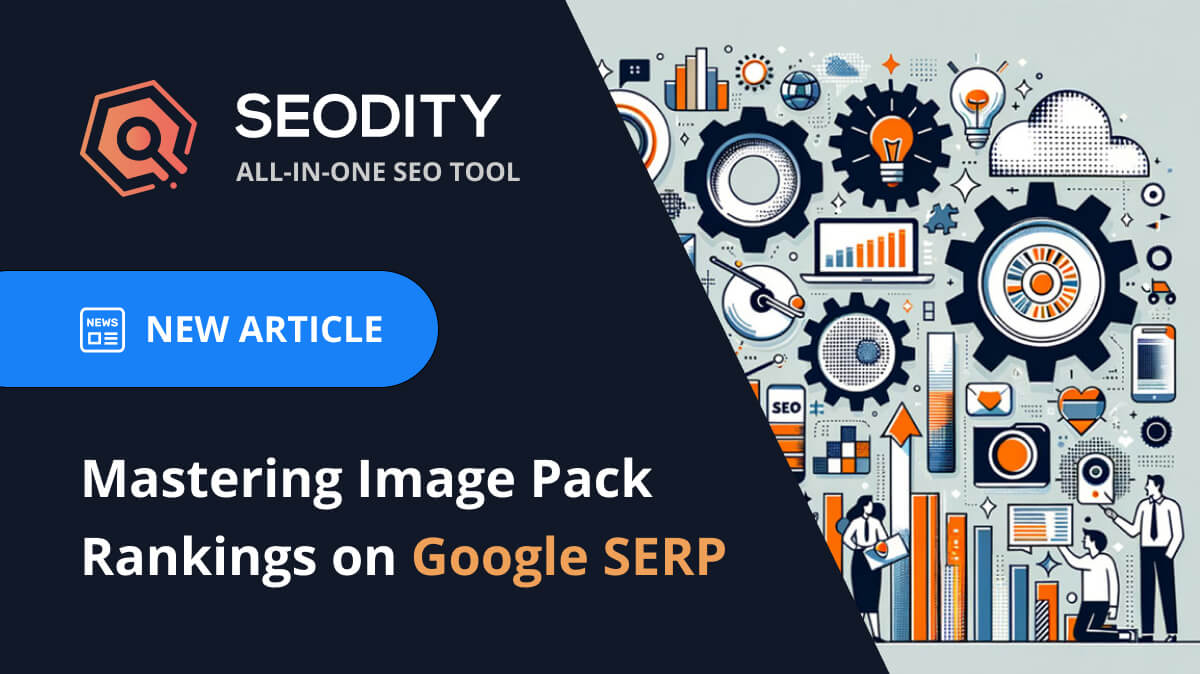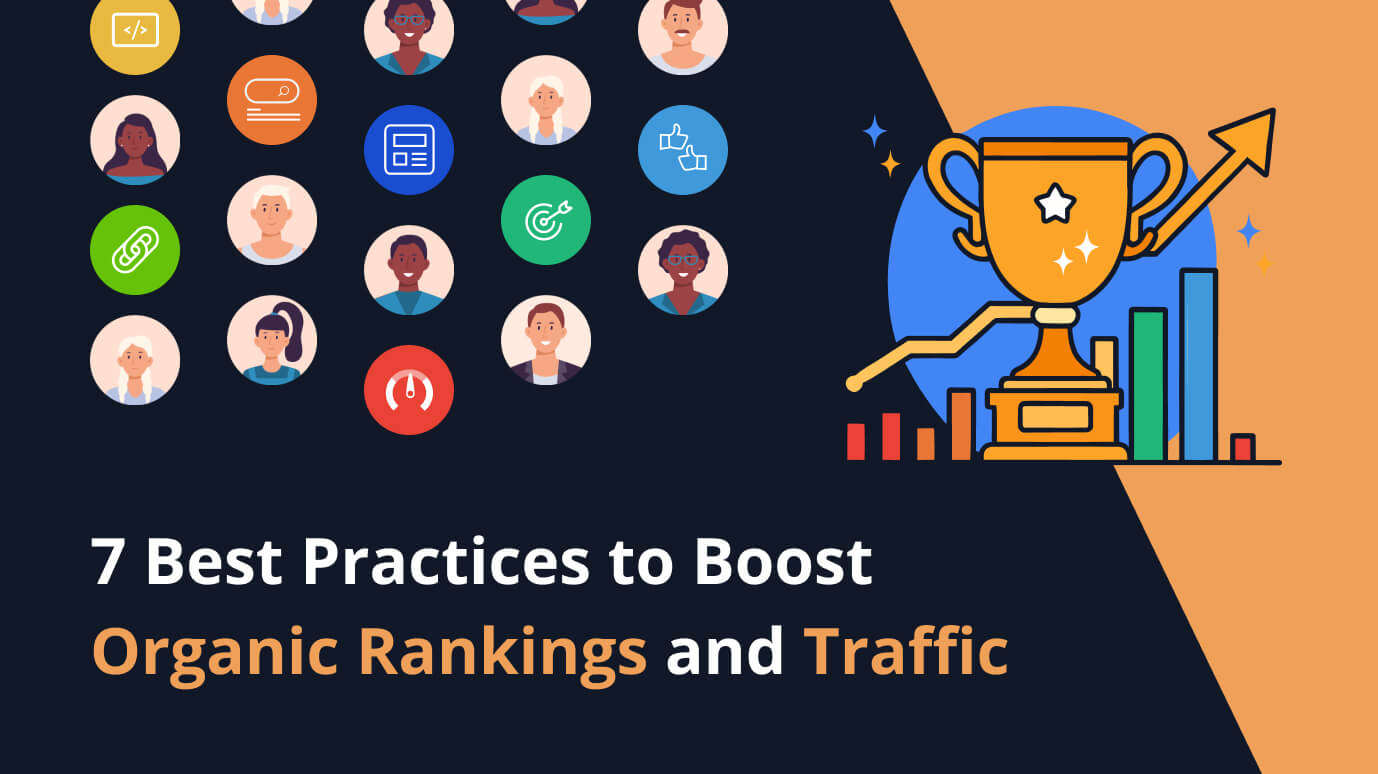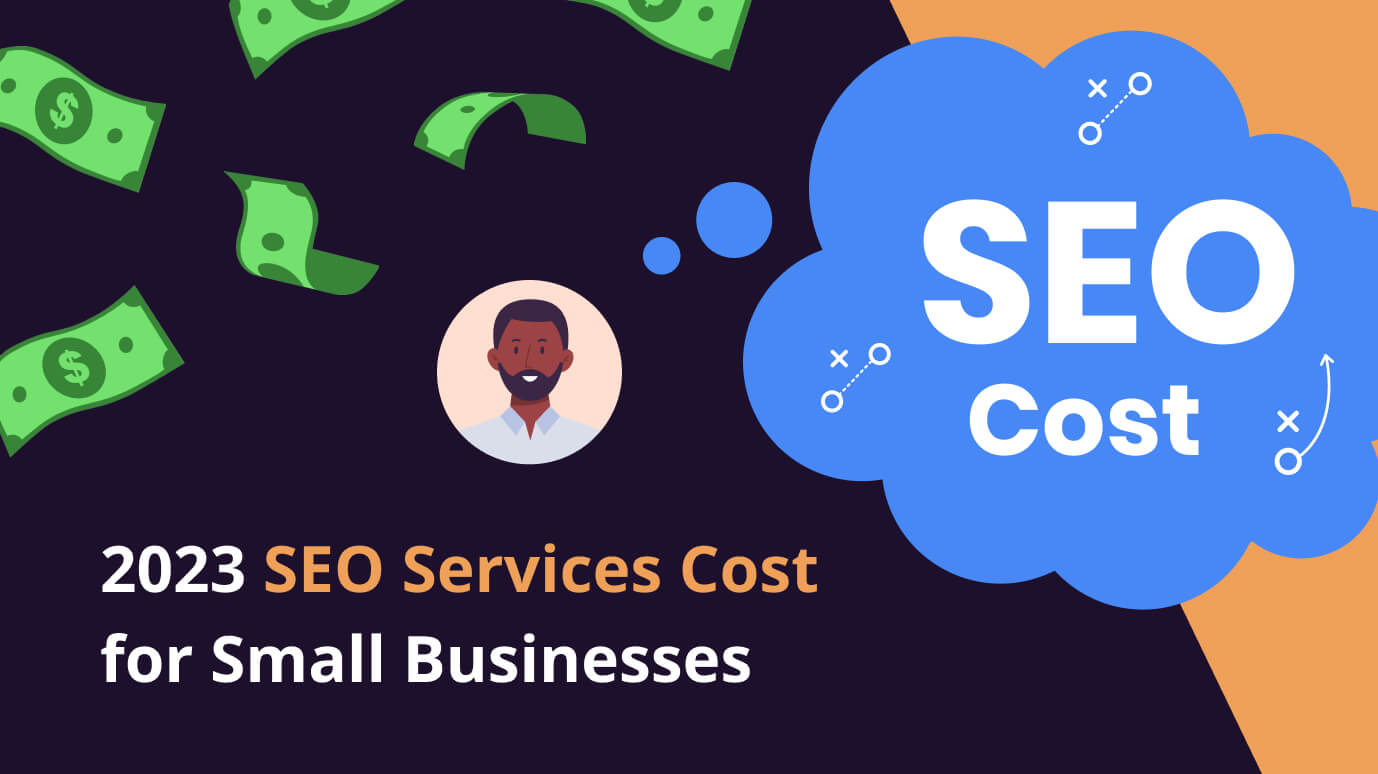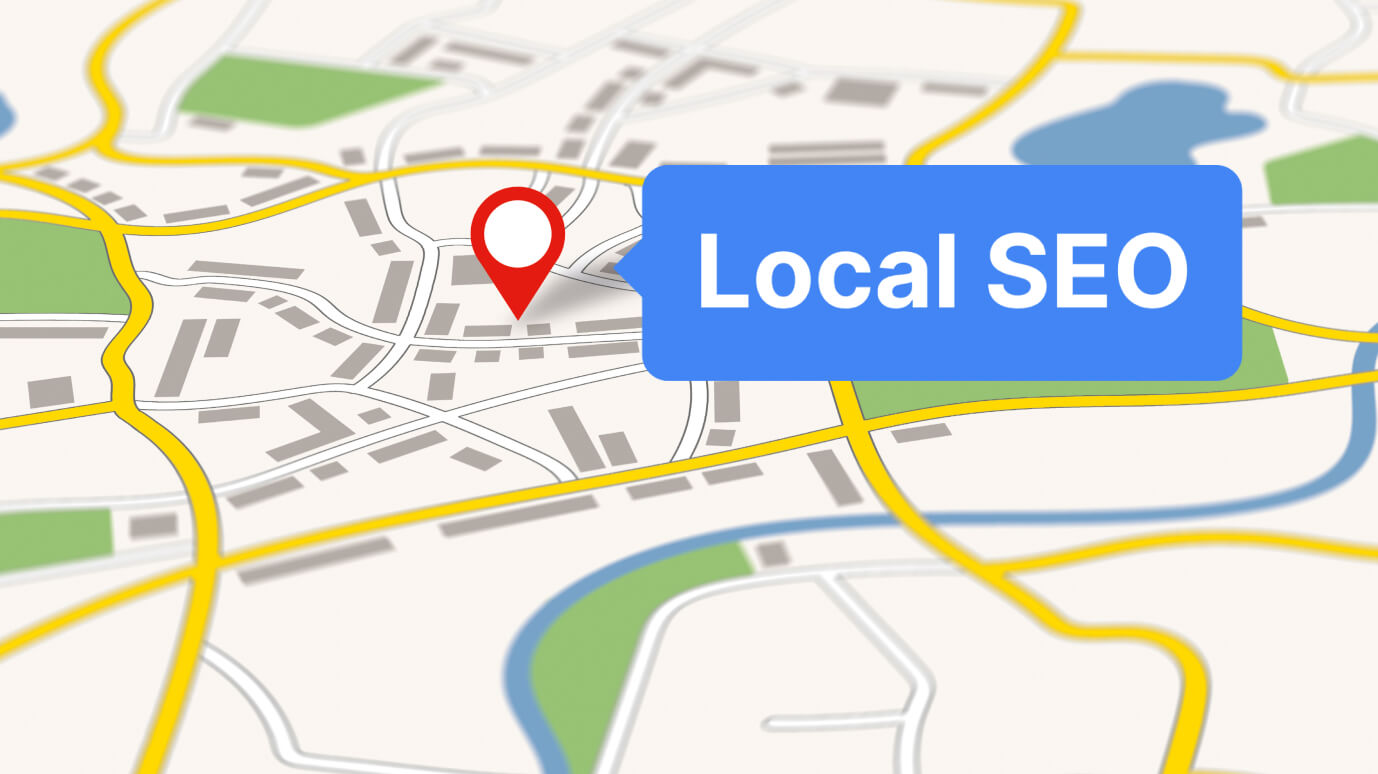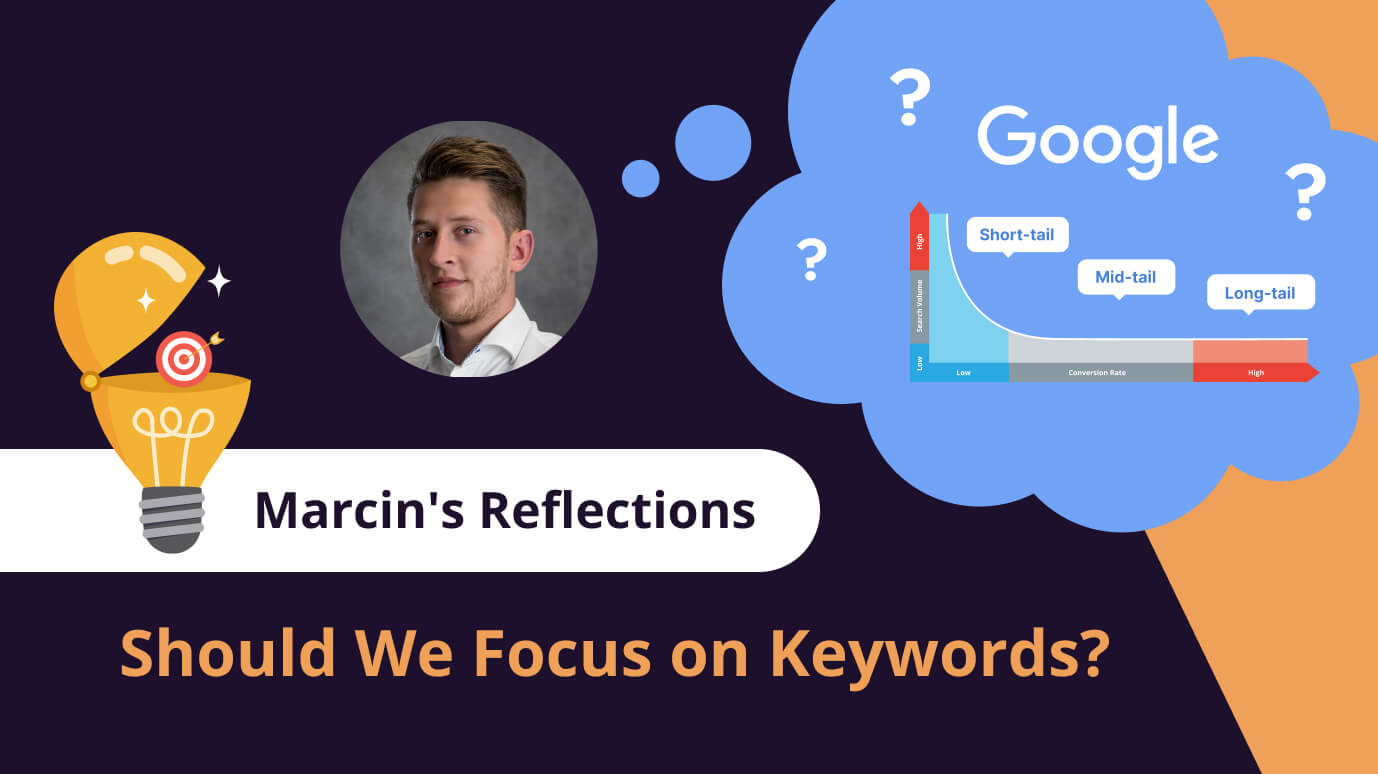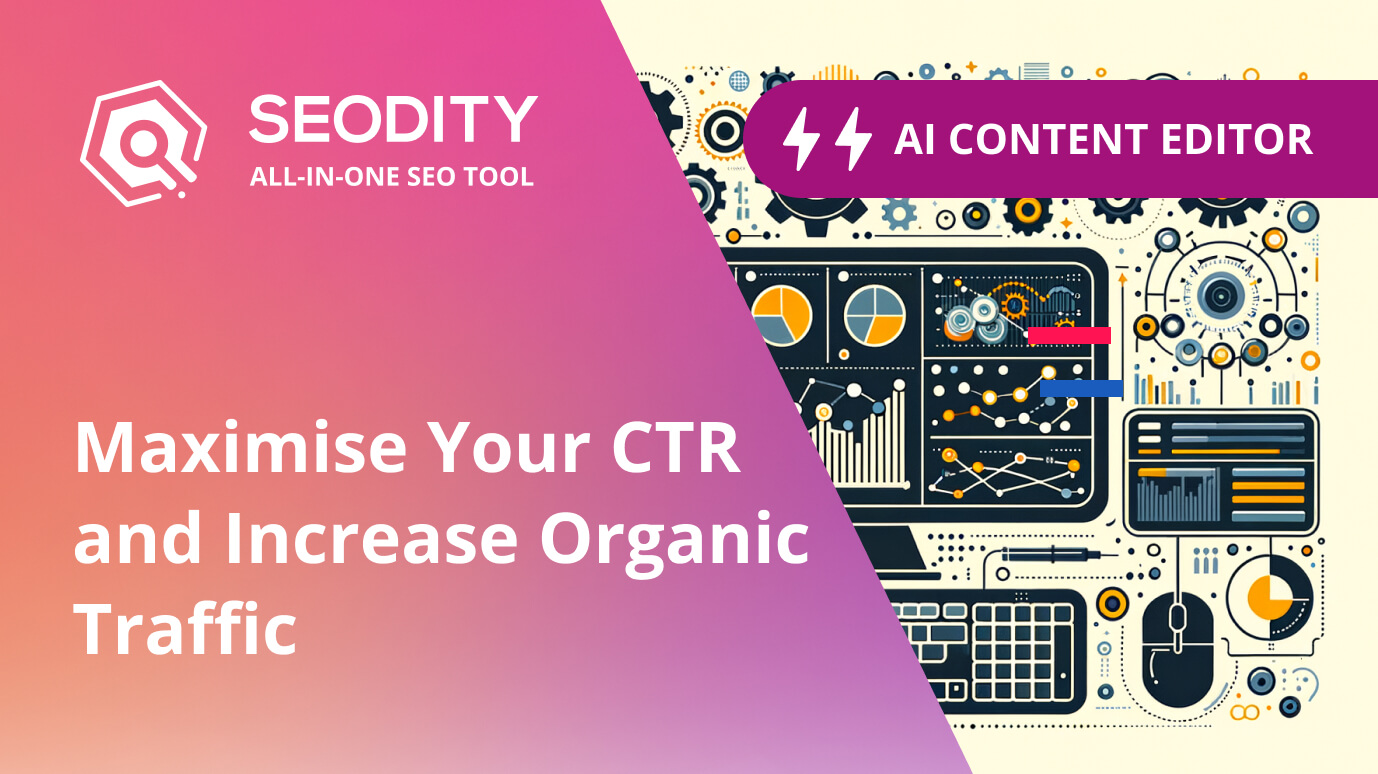
 6 min read
6 min readMaximise Your CTR and Increase Organic Traffic with Google Search Console and Seodity AI Content Editor
How to Maximise Your CTR and Increase Organic Traffic Using Google Search Console and Seodity AI Content Editor
In today's highly competitive digital landscape, maximizing your click-through rate (CTR) is crucial for improving your website's organic traffic and overall online performance. Google Search Console and Seodity AI Content Editor are two powerful tools that can help you achieve this goal. This article explores how Google Search Console can identify low-performing pages and how Seodity's AI Content Editor can optimize these pages to improve their performance.
Understanding Click-Through Rate (CTR) and Its Importance
Click-Through Rate (CTR) is a fundamental metric used in digital marketing and SEO to measure the effectiveness of your online content. It indicates the percentage of users who click on a specific link compared to the number of users who view that link (impressions). Expressed as a percentage, CTR is calculated by dividing the number of clicks by the number of impressions and then multiplying by 100. For example, if your link appears in the search engine results pages (SERPs) 1,000 times and receives 50 clicks, your CTR would be 5%. This metric is crucial because a high CTR suggests that your content is engaging and relevant to users' search queries, making it a key indicator of your content's performance and effectiveness in driving traffic to your site.
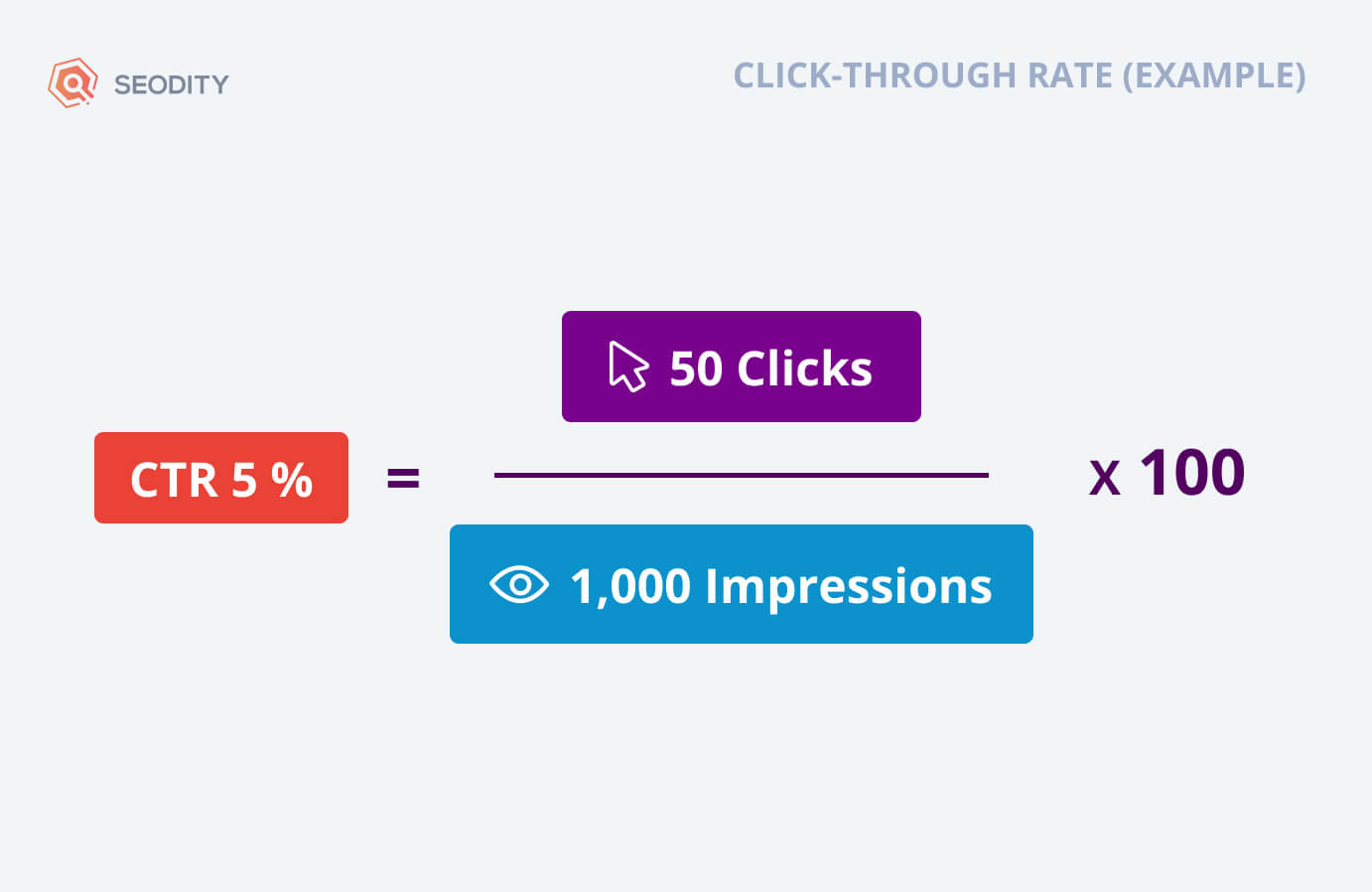
The Relationship Between Impressions and CTR
The relationship between impressions and Click-Through Rate (CTR) is a crucial aspect of understanding how effective your digital marketing campaigns and SEO strategies are. Impressions refer to the number of times your link appears in the search engine results pages (SERPs). However, it's important to note that impressions alone do not guarantee clicks. Simply put, if users are not clicking on your link, high impressions will not translate into improved website traffic. This is where CTR plays a significant role.
A high number of impressions paired with a low CTR often suggests that the issue lies with the content’s appeal or relevance. Conversely, a high CTR with low impressions points to good content that is not being seen by enough people, indicating that you may need to improve your site's visibility through better SEO or other marketing strategies. Balancing both metrics ensures that your content not only reaches a wide audience but also engages them effectively, driving more organic traffic to your website.
Improving the interplay between impressions and CTR can have a significant impact on your overall online performance. By creating compelling and relevant content that resonates with your target audience, you can enhance your CTR and make the most out of the impressions you generate. This dynamic relationship is integral to boosting your website’s organic traffic and achieving long-term digital marketing success.
The Impact of CTR on Organic Traffic
The impact of a high CTR on organic traffic is profound and multi-faceted. When users regularly click on your links, it signals to search engines that your content is valuable and relevant, potentially improving your rankings over time. Enhanced rankings lead to more visibility, further increasing impressions and the opportunity for clicks, thus creating a positive feedback loop that boosts your website's organic traffic sustainably.
A high CTR signifies that your meta descriptions, titles, and overall content are effectively capturing user interest. This engagement not only encourages more clicks but also helps establish your website as a trustworthy source in your niche. Search engines like Google reward this perceived relevance with better rankings, which in turn attracts even more clicks and traffic.
The interplay between CTR and organic traffic underscores the importance of optimizing all elements of your content and listings. By focusing efforts on improving CTR—such as refining meta descriptions, using compelling titles, and ensuring high-quality content—you enhance user engagement and increase the likelihood of achieving higher search rankings. The resultant boost in organic traffic can lead to increased conversions, higher revenue, and sustained online success.
Using Google Search Console to Identify Low-Performing Pages
Google Search Console is an indispensable tool for identifying and improving low-performing web pages on your site. To begin, navigate to the Performance Tab, where a wealth of data is available regarding your website’s clicks, impressions, and click-through rate (CTR). This interface provides a comprehensive view of your site's performance in search engine results pages (SERPs).
Once in the Performance Tab, the next step is to export this performance data. The export feature allows you to download detailed reports, which can then be analyzed to identify patterns and trends. Sorting this data by clicks and impressions will highlight the pages with high impressions but low CTRs—prime candidates for optimization.
Identifying these specific pages is crucial for targeted improvements. Pages with high impressions but low CTR are visible but fail to attract user engagement. This may indicate that while the content is reaching a large audience, it lacks the elements needed to compel users to click through. Common issues might include unappealing meta descriptions, misleading titles, or poor content relevance.
Digging into the exported data lets you explore each page's performance. By identifying pages with high impressions and comparing their CTRs, you can pinpoint which pages need work. This method helps you focus your optimization efforts for the best results.
By leveraging Google Search Console effectively, you gain powerful insights into how users interact with your content. These insights form the foundation for a strategic content optimization plan.
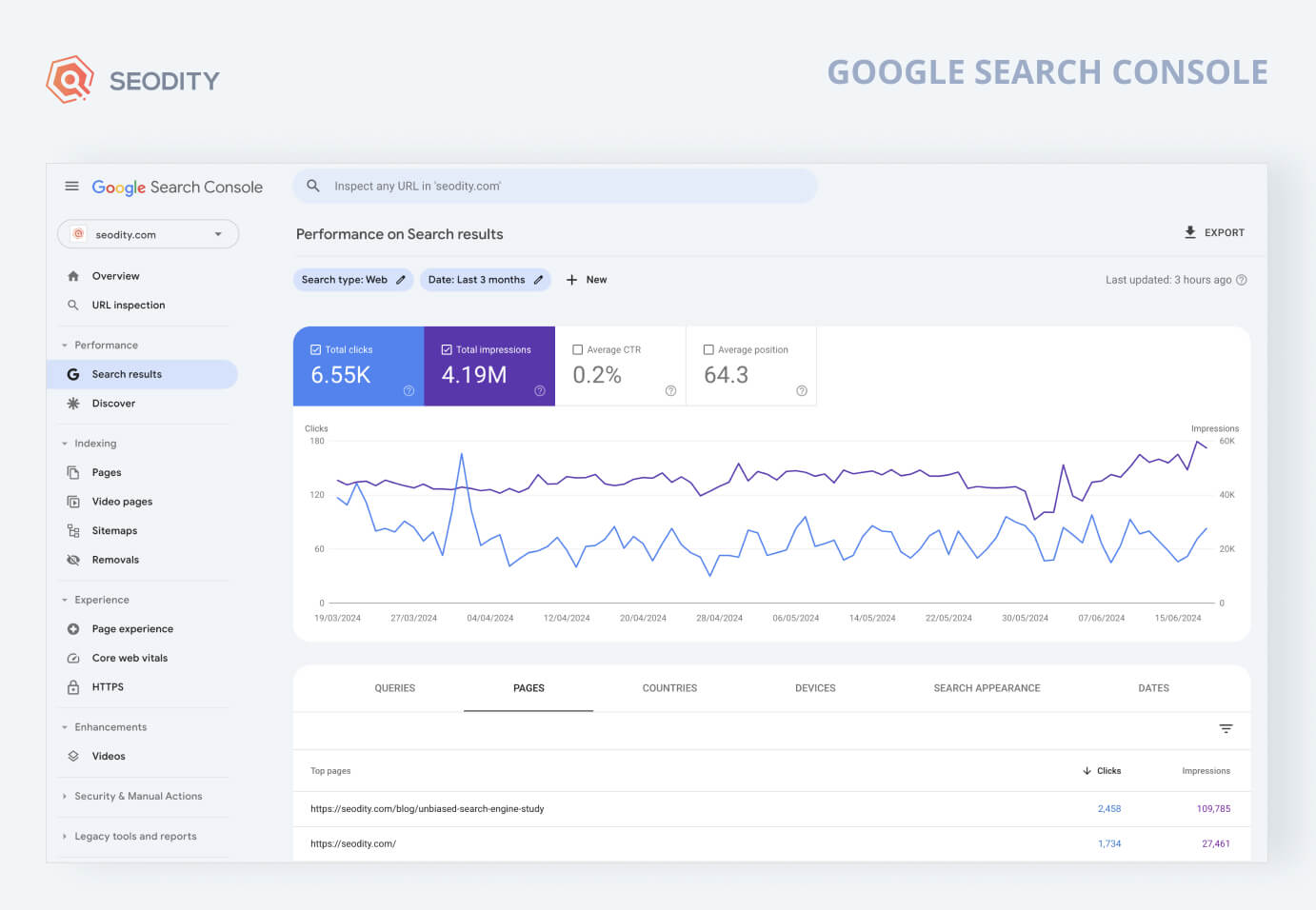
Optimizing Content with AI Tools
Leveraging artificial intelligence (AI) tools to optimize your content can significantly boost your website's performance and user engagement. In particular, the Seodity AI Content Editor stands out as a potent tool for enhancing both new and existing content. By employing AI-generated insights and recommendations, you can create content that not only appeals to your target audience but also aligns with search engine algorithms to improve rankings. Here’s how you can utilize AI tools effectively:
Generating New and Improved Content: The Seodity AI Content Editor enables you to generate fresh, relevant content by analyzing existing successful content and deriving insights from a vast database of information. To start, input the URL of the content you wish to optimize or generate. The tool will then provide a detailed outline of the new content, complete with structure, keyword suggestions, and topic coverage. This ensures that the new content not only meets SEO standards but also resonates with market trends and user expectations.
Enhancing Existing Content: For pages that already exist but are underperforming, the Seodity AI Content Editor can revitalize them. The AI tool analyzes the current content’s strengths and weaknesses, offering suggestions for improving elements such as meta descriptions, headings, and body content. It may recommend the adjustment of keyword density, or the reorganization of content to make it more reader-friendly. These enhancements help elevate the content’s relevance and appeal, driving higher engagement rates.
By integrating AI tools like the Seodity AI Content Editor into your content strategy, you can ensure that your website remains competitive in the ever-evolving digital landscape. Continuous optimization, based on data-driven insights and AI recommendations, will enable your website to attract more organic traffic and maintain higher rankings on search engines.

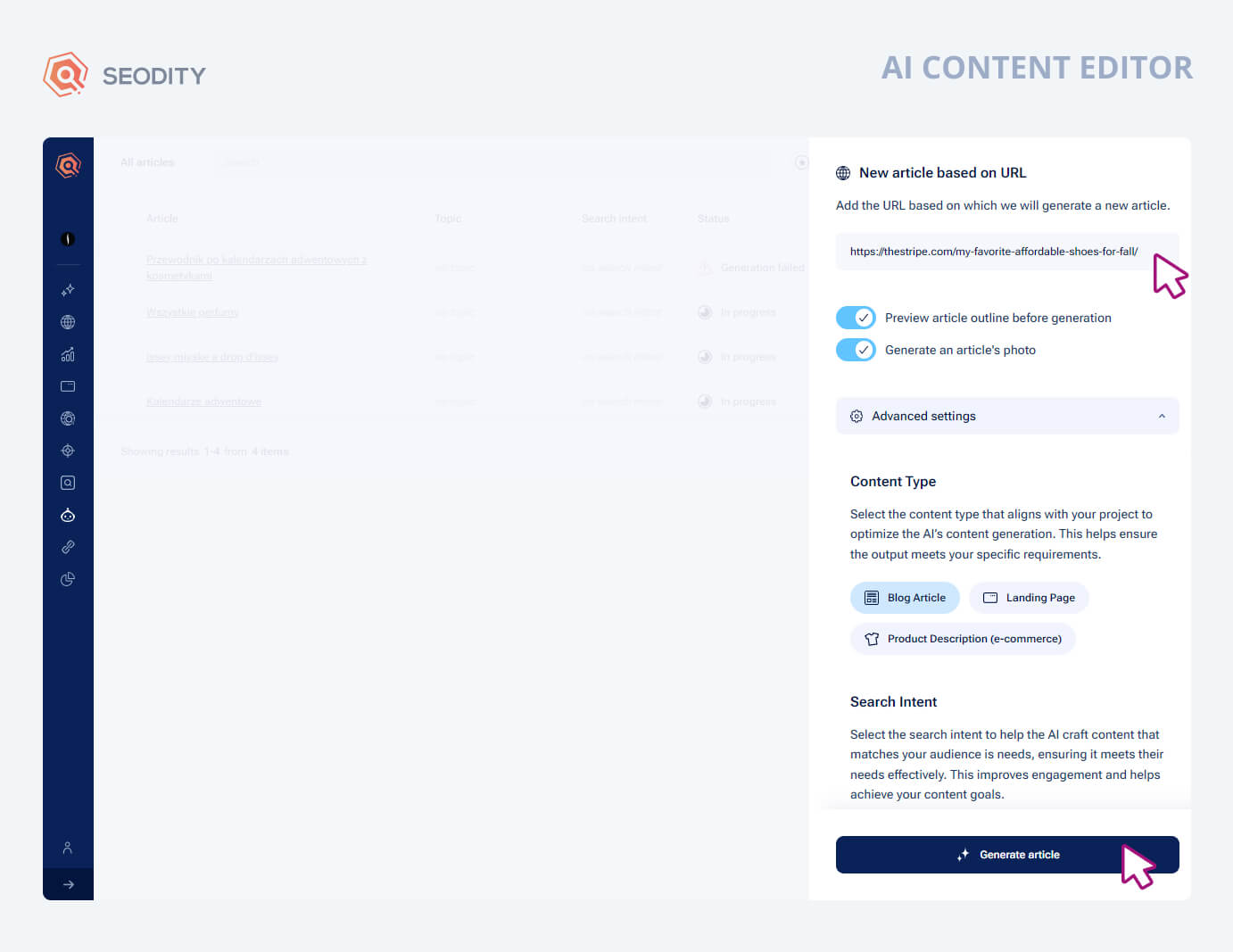
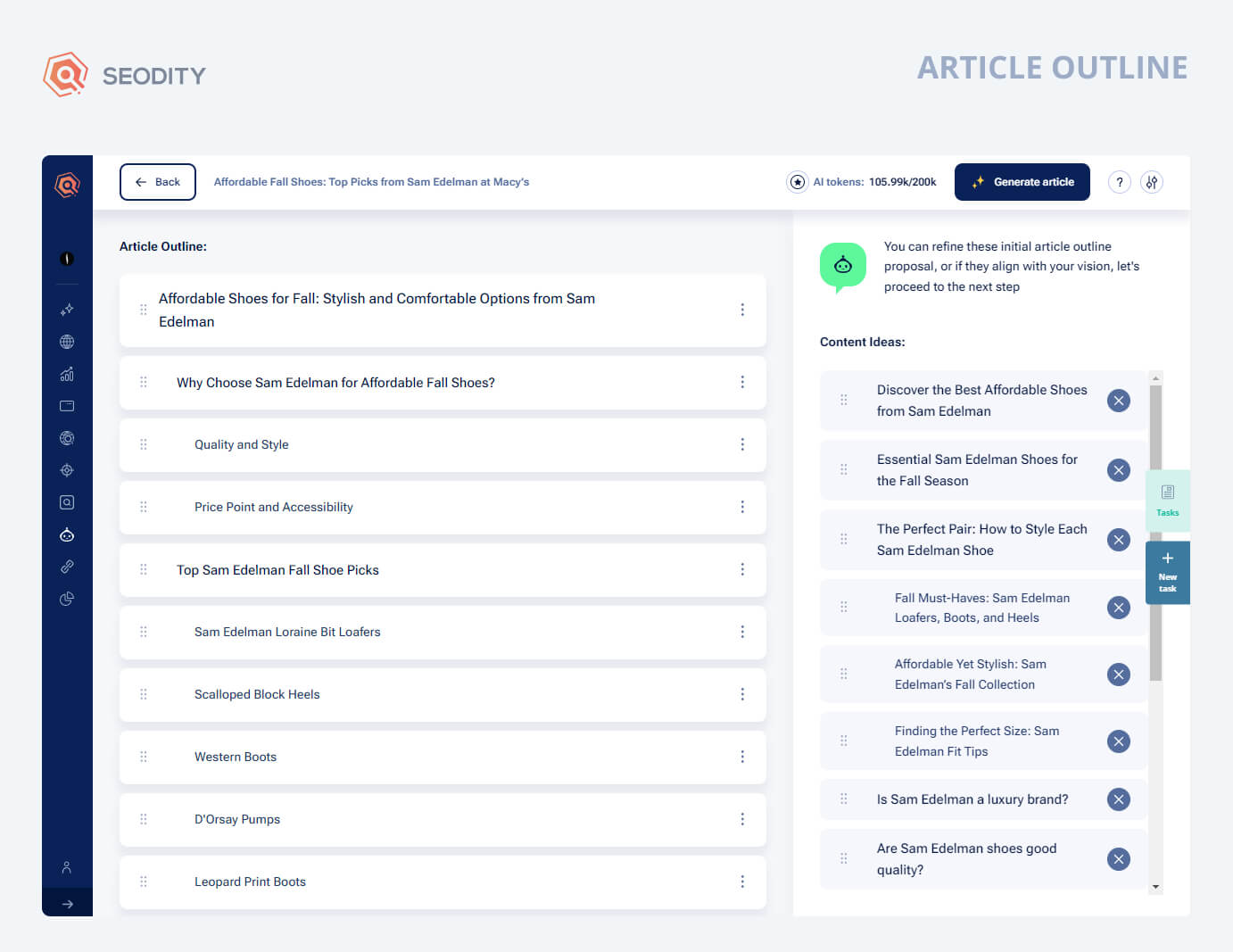
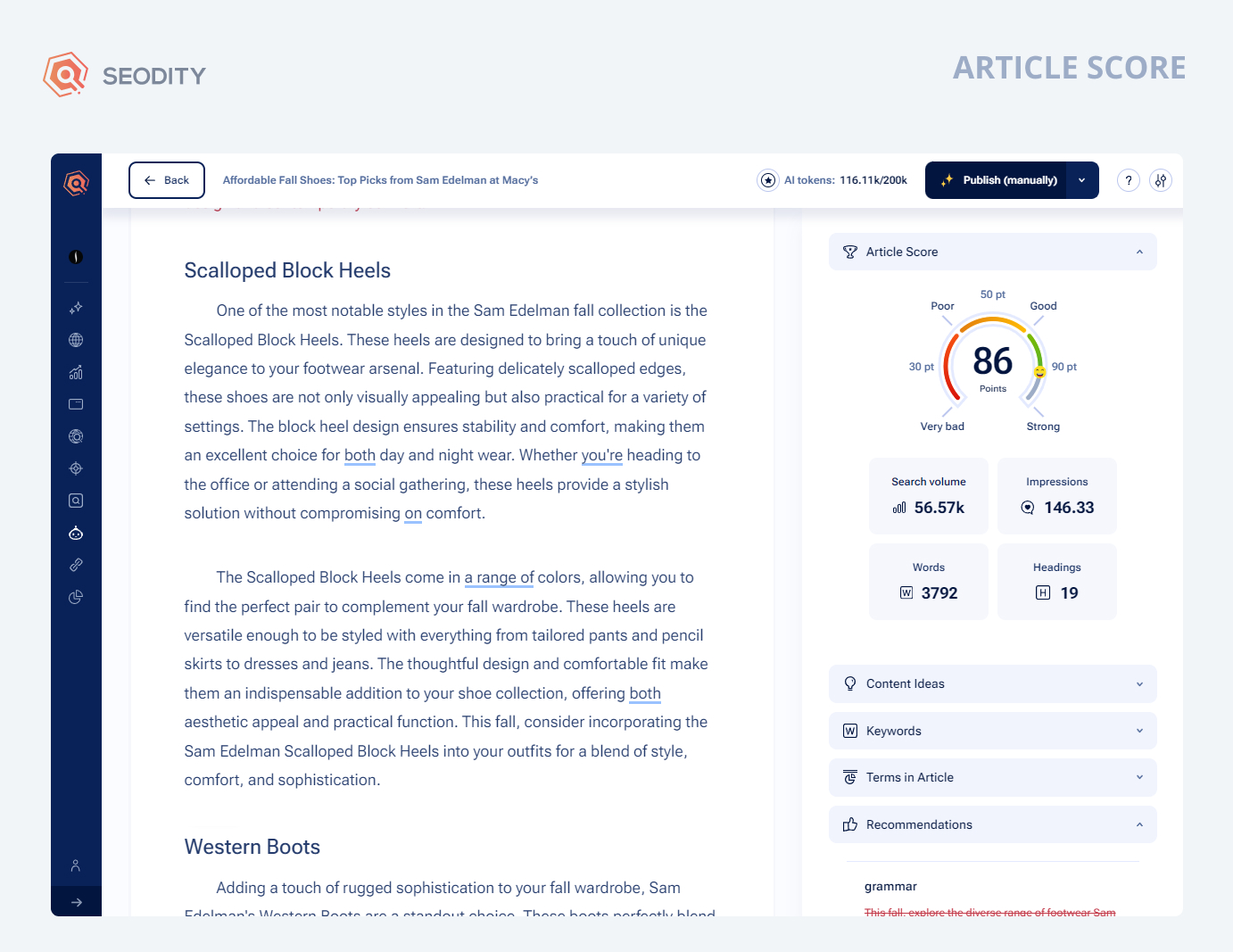
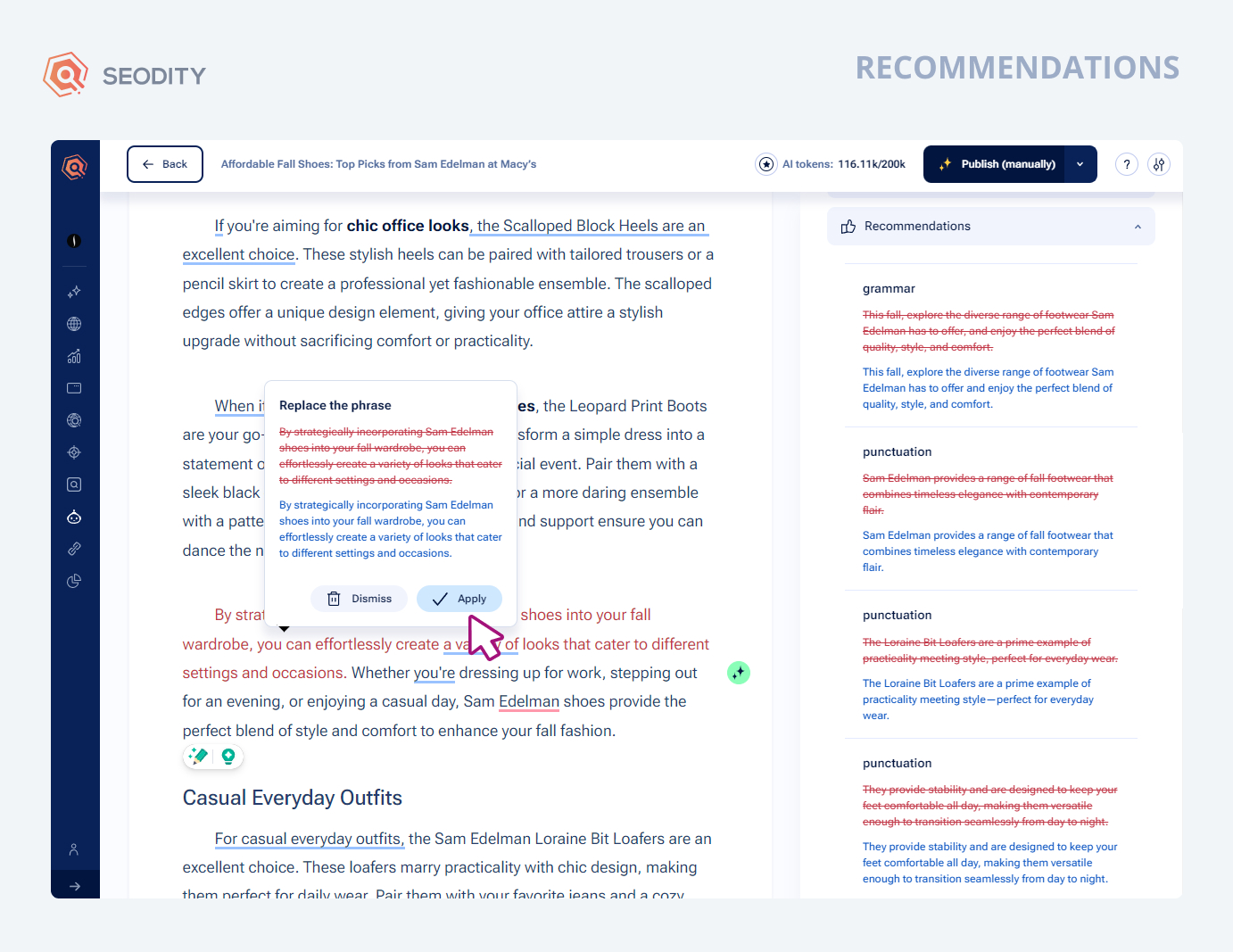

Webinar
We hosted a webinar on this topic, which is available here: https://www.youtube.com/watch?v=AbYds3LvMFo

Co-founder of Seodity
.svg)

